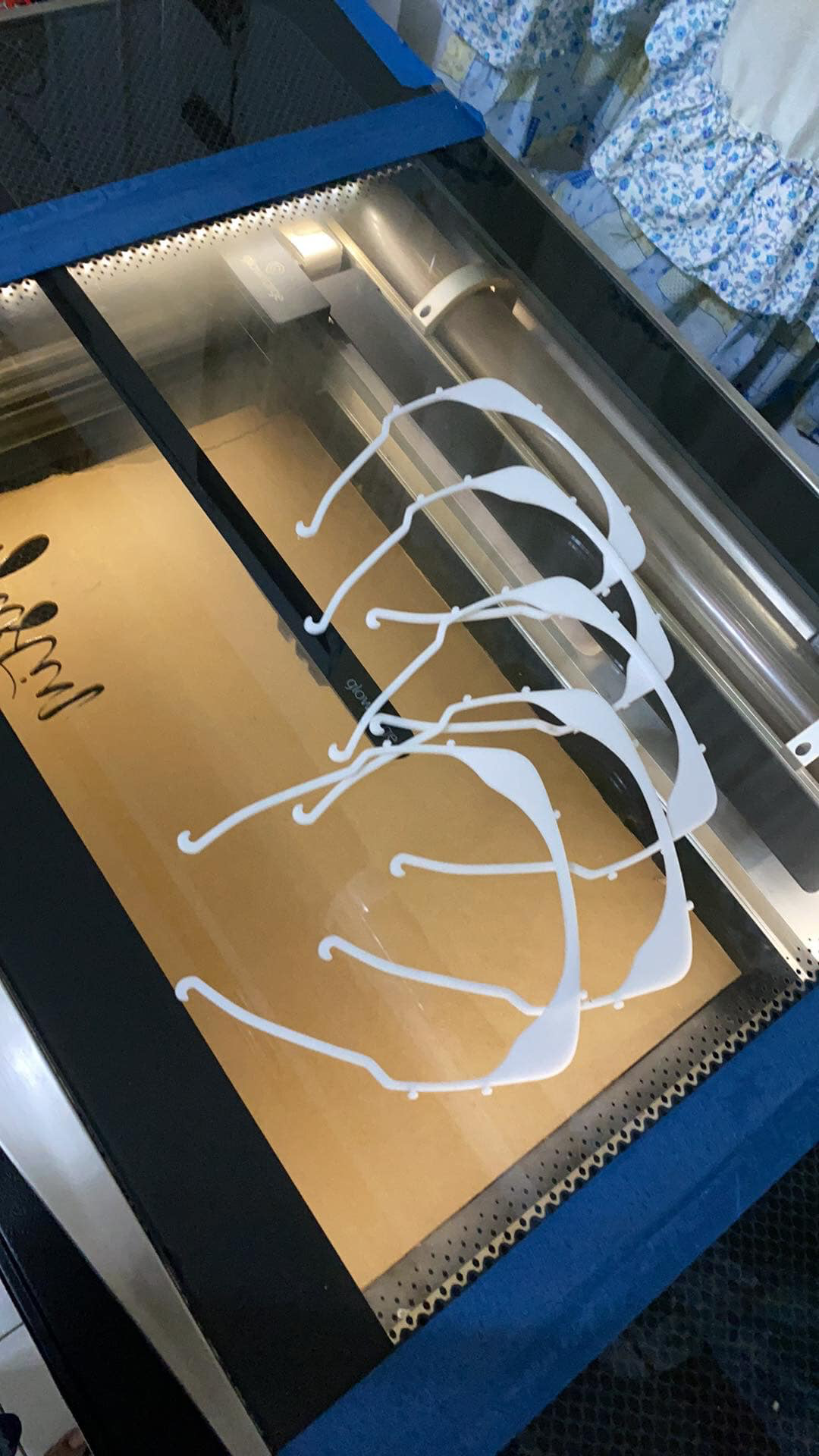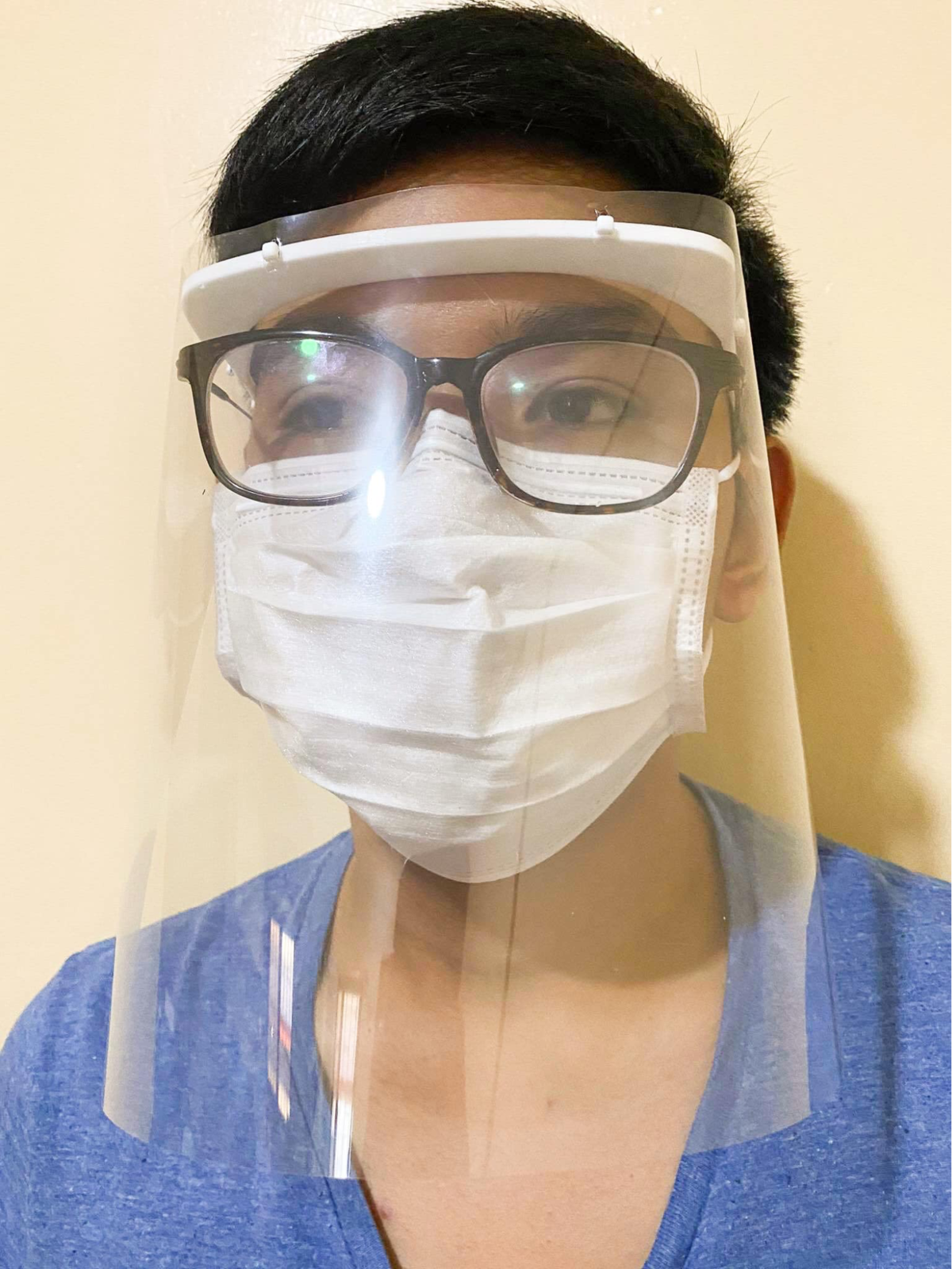Thanks from Flowergirl
COVID-19 inventions by Filipinos
While most of us are stuck at home waiting for the COVID-19 pandemic to blow over, our scientists and researchers are hard at work. For months now, they have been working on ways to get through this pandemic as quickly and as efficiently as possible.
And these ways include a couple of technological inventions that make certain processes, such as disinfecting and testing, easier and safer. From robots to drones to mobile apps, here are 8 Filipino COVID-19 inventions developed to combat COVID-19, and that are as useful as they are cool.
1. CabinIITz disinfection cabin by MSU-IIT

Image adapted from: CDODev
For those of us at home, disinfecting mostly means washing our hands and spraying every surface with Lysol. For healthcare workers, it means layers of protective gear, washing or even disposing of PPEs, and taking long showers before going anywhere else after work.
To make the process quicker and more effective for frontliners, Mindanao State University-Iligan Institute of Technology invented CabinIITZ, a disinfection cabin inspired by Vietnam’s scientists, which people can walk through to get themselves sanitized.
The design, primarily made of plastic sheets, a tent structure, and machines such as sprayers and water pumps, is portable and cheaper than Vietnam’s design, costing less than P50,000 (~USD989.58) each.
ADVERTISEMENT
The MSU-IIT team is still working on the final product, but we hope to see them rolled out in Iligan soon.
2. Thermal scanner drones by DWARM Technologies

Image credit: DOST via Philippine News Agency
These might look like regular drones, but instead of taking really cool pictures, they scan body temperatures. The 6 artificial intelligence-powered thermal scanners attached to each drone can identify individuals with high body temperatures, while the drone itself alerts the operator with a buzzer sound, and takes pictures of the individuals if needed.
Developed by start-up company DWARM Technologies and backed up by Far Eastern University and UPSCALE Innovation Hub, these mobile thermal scanners are expected to be pilot-tested in Quezon City and Caloocan by May 2020.
3. 3D-printed face shields by different groups

Image credit: Estella Clarisse Glifonea
Because of the lack of protective gear for our frontliners, those who want to help have found different ways to improvise. These 3D-printed face shields are one of these creative solutions.

Image credit: Estella Clarisse Glifonea
Different groups from all over the country have been using 3D printers to create face shields made of 3D printer filament, acetate film, and rubber. Some volunteers have even found a more eco-friendly option, swapping out the filament, a type of plastic, for polylactic acid to make the shields biodegradable.
If you have a 3D printer at home, or have acetate films lying around, 3D Printing For A Cause PH on Facebook is a group that you can join, whether to volunteer to print face masks, or to donate materials and lend printers if you have them.
4. WeTrace by DXFORM INC

Image credit: Google PlayStore
ADVERTISEMENT

Image credit: Google PlayStore
The people of Cebu City are already required to use the app. After entering your full name and contact details, the app will start tracing the places you go to. To ease your Black Mirror-induced worries, this information will be auto-deleted after 30 days.
Developed by a Cebuano scholar of the Department of Science and Technology, along with start-up DXFORM INC, the app is only available in Cebu and Central Visayas for now. Also, Apple has yet to approve the app on their App Store for iPhones, but Android users can download the app from the Google Play Store now for free.
5. Turbo Kool by Gary Vazquez

Image credit: Edgardo Gaddi Vazquez
Though Filipino inventor and entrepreneur Gary Vazquez’s Misty Kool and Turbo Kool – mist-dispensing machines – weren’t invented specifically because of the COVID-19 pandemic, these machines are a big help during this time. They spray disinfectants over a large area to sanitize any surface – the Misty Kool on a smaller scale for areas such as rooms and offices, and the Turbo Kool on a larger scale, for places such as roads and public areas.
Vazquez has been working with a disinfecting team, visiting places such as the Malacañang Palace, Greenhills Shopping Center, and Wack Wack Golf and Country Club to sanitize these areas with the aid of his inventions.
6. LISA the robot by UST Faculty of Engineering

Image credit: Team USTH
Healthcare workers need to go from room to room in hospitals, and doing so without proper protective gear means potentially exposing themselves to the COVID-19 virus. That is why the University of Santo Tomas Faculty of Engineering invented the logistic indoor service assistant (LISA), a machine that allows doctors and nurses to check on their patients without entering their hospital rooms.
The robot consists of three main parts – the iPad or tablet, the remote-controlled body, and a compartment for storage. Healthcare workers communicate with the patient via video call on the tablet, and can send medicine via the robot’s compartment box, all of which reduces the need for physical interaction, thus reducing the risk of transmission of the virus.
ADVERTISEMENT
7. Robot alcohol dispensers by Dr. Yanga’s Colleges, Inc.

Image credit: @lenirobredo
We all love to assemble a good Lego set, but the robotics head from Dr. Yanga’s Colleges, Inc., Beryl Cruz, proved that there’s more to these toys than fun and games by creating automated robot alcohol dispensers from Lego bricks.
Aside from being made of Legos, these robots also have sensors, both for sensing when to pump out alcohol, and the exact amount to give. Not only is it a cool invention, it also reduces the need to touch surfaces such as pump heads or bottles. These nifty machines can now be found in churches, public markets, and hospitals in Bocaue and Malolos.
8. Disinfectant drones in Pasig City

Image credit: @jmnualla
Pasig City and how well Mayor Vico Sotto is handling this pandemic leaves everyone saying, “Sana all”, and these disinfectant drones just add to the sentiment. Sotto initially bought these models to help farmers with pest management, but repurposed it to disinfect the city.
Each drone can hold up to 10 liters of disinfectant, then spray up to an area of 1,000 sqm. The drones have been operating since March, and several netizens from Pasig have already caught sight of them flying overhead.
Filipino COVID-19 inventions to help the Philippines fight the pandemic
If you’re feeling inspired by these Filipino COVID-19 inventions, but lament that you’re not a scientist or inventor, you can still help out in these times by donating money or volunteering with organizations that are fighting the COVID-19 pandemic in their own ways.
If all else fails, you can still take heart that even if you’re staying at home and doing nothing productive, you’re helping by slowing the spread of the virus, so that’s a big help in itself, too.
8 Cool Inventions By Filipinos To Help Battle COVID-19 (thesmartlocal.com)

